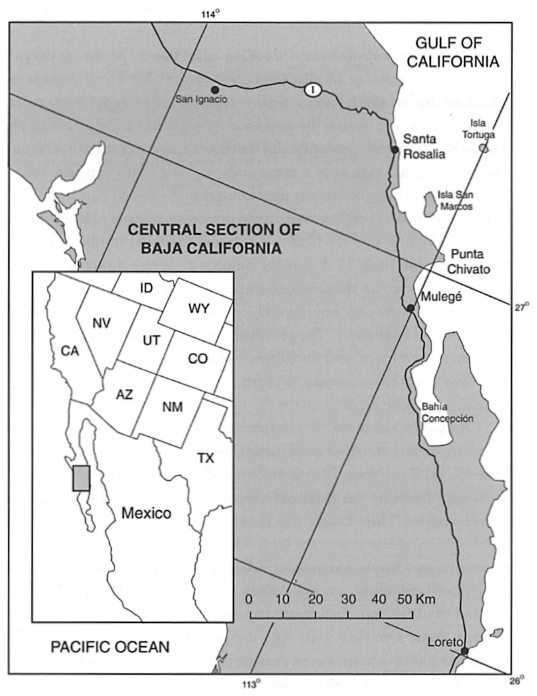Markes E. Johnson - Discovering the Geology of Baja California: Six Hikes on the Southern Gulf Coast
Here you can read online Markes E. Johnson - Discovering the Geology of Baja California: Six Hikes on the Southern Gulf Coast full text of the book (entire story) in english for free. Download pdf and epub, get meaning, cover and reviews about this ebook. year: 2002, publisher: University of Arizona Press, genre: Art. Description of the work, (preface) as well as reviews are available. Best literature library LitArk.com created for fans of good reading and offers a wide selection of genres:
Romance novel
Science fiction
Adventure
Detective
Science
History
Home and family
Prose
Art
Politics
Computer
Non-fiction
Religion
Business
Children
Humor
Choose a favorite category and find really read worthwhile books. Enjoy immersion in the world of imagination, feel the emotions of the characters or learn something new for yourself, make an fascinating discovery.
- Book:Discovering the Geology of Baja California: Six Hikes on the Southern Gulf Coast
- Author:
- Publisher:University of Arizona Press
- Genre:
- Year:2002
- Rating:4 / 5
- Favourites:Add to favourites
- Your mark:
Discovering the Geology of Baja California: Six Hikes on the Southern Gulf Coast: summary, description and annotation
We offer to read an annotation, description, summary or preface (depends on what the author of the book "Discovering the Geology of Baja California: Six Hikes on the Southern Gulf Coast" wrote himself). If you haven't found the necessary information about the book — write in the comments, we will try to find it.
Baja California: wild, desolate, and a treasure-house of geological wonders. Along its ancient shorelines, careful observers can learn much about how the Gulf of California came into existence and what the future of the Baja California peninsula might be.
For those who wish to unlock the mysteries of Baja California, geologist Markes Johnson offers the key. He has taken a body of technical research on the geology and paleontology of the region and made it accessible in plain language for anyone who visits the peninsula, whether for study or recreation. His book teaches general concepts in coastal geomorphology and tectonics, as well as the basic geological and natural history of the Gulf of California, in a conversive, intellectually stimulating fashion.
Johnsons guide takes the form of six day-long hikes in the area of Punta Chivato on the east coast of the southern Baja California peninsula. Punta Chivato is presented as a microcosm of the entire region; it can enable visitors to better understand major themes in the natural history of the Gulf of California and its geological past. All of the hikes begin at the southeast corner of the Punta Chivato promontory and loop out in different directions. Each circuit is designed to minimize overlap with adjacent hikes and to maximize the visitors exposure to instructive variations in the landscape. Each chapter features additional reflections on a geologist of another time and place who has advanced the field in a way that elucidates the material covered in that chapter. Through these asides, readers will learn the basic lessons about how geologists read the secrets hidden in landscapes.
Discovering the Geology of Baja California invites visitors to these shores to explore not only rocks and fossils but also the continuum of past ecosystems with the ecology of the present. It offers both an unparalleled guide to a remote area and a new understanding of life caught in an endless cycle of change.
Markes E. Johnson: author's other books
Who wrote Discovering the Geology of Baja California: Six Hikes on the Southern Gulf Coast? Find out the surname, the name of the author of the book and a list of all author's works by series.

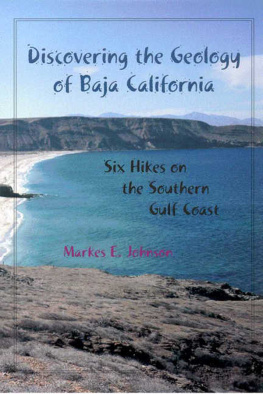
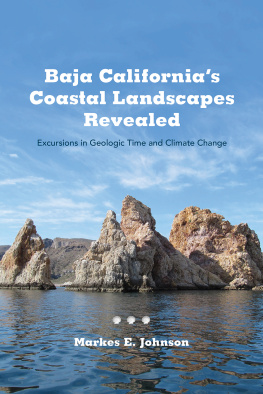

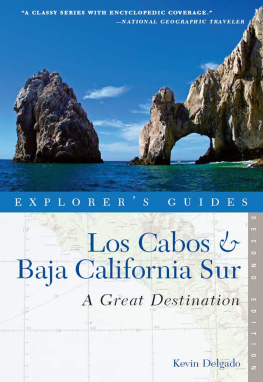



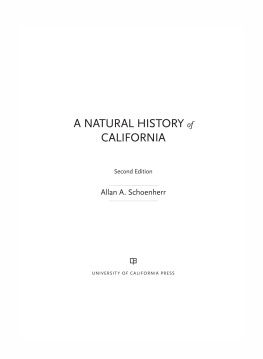
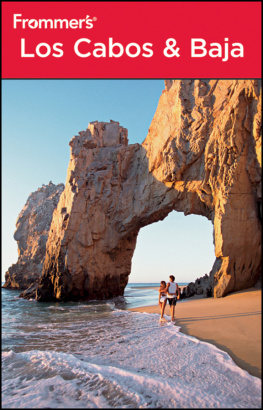

 This paper meets the requirements of ANSI/NISO Z39.48-1992 (Permanence of Paper).
This paper meets the requirements of ANSI/NISO Z39.48-1992 (Permanence of Paper).